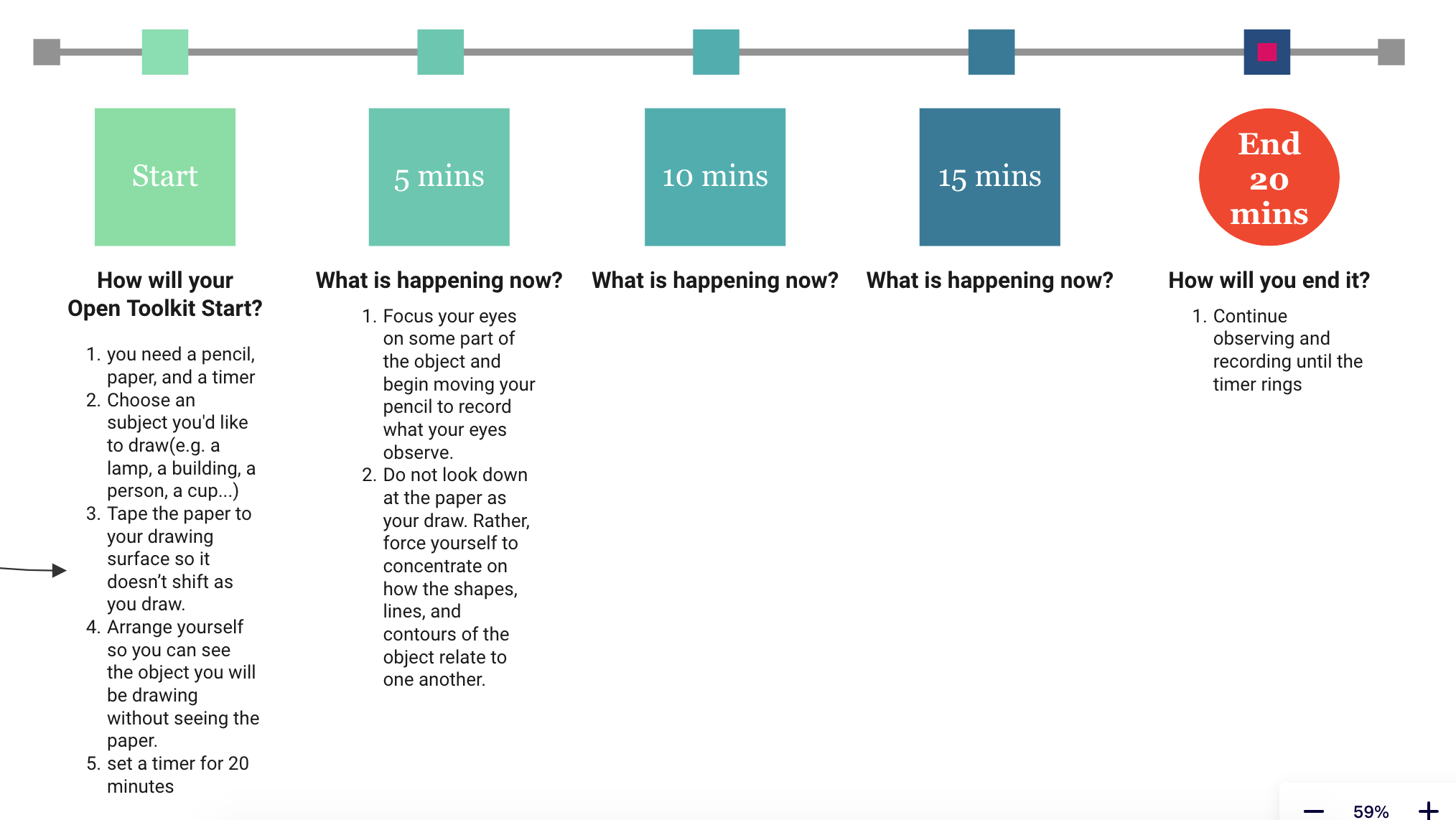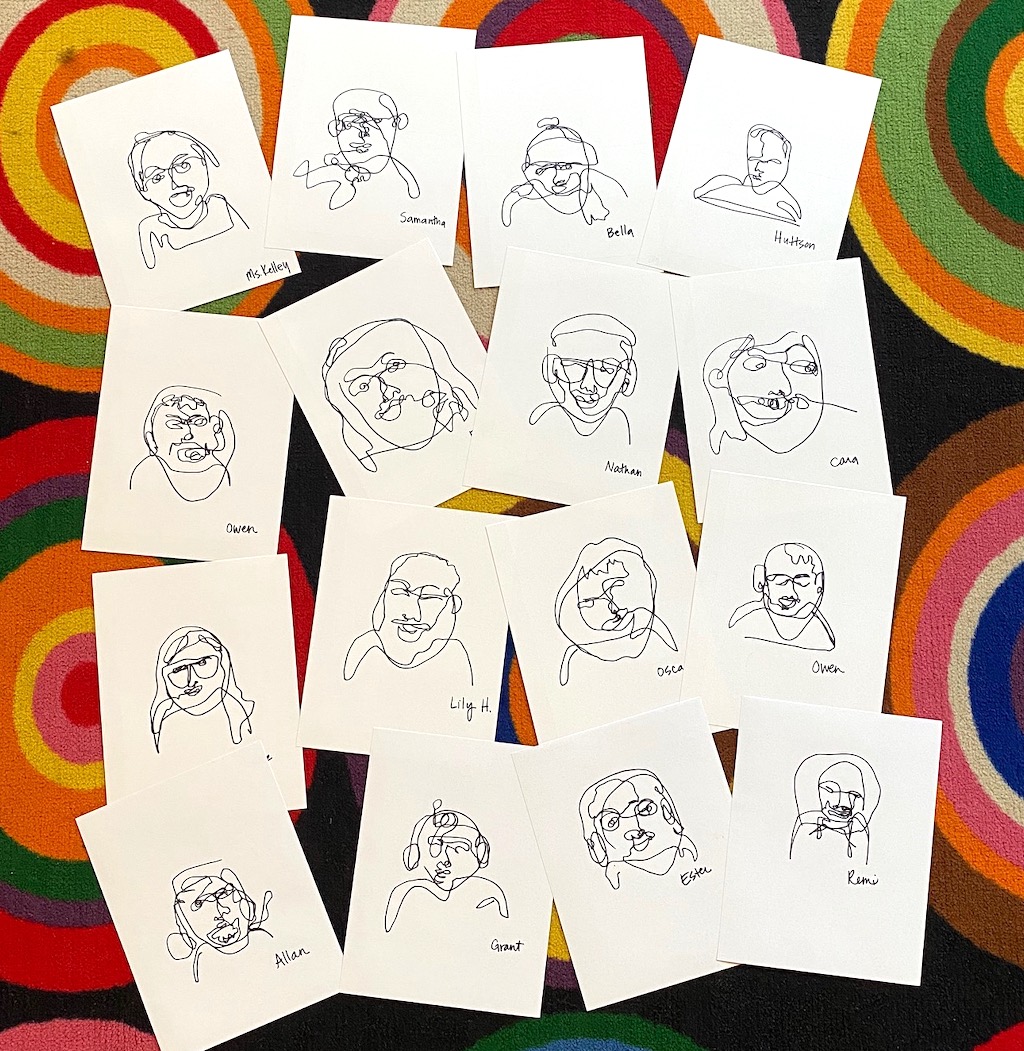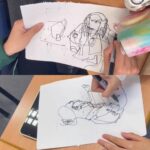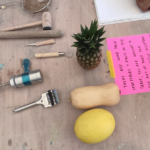I have been asked to research, design, run and document an ‘Open’ workshop that teaches an aspect of my practice to a group of peers. I’m not sure what a ‘practice’ is, or if I have one! How can I figure this out? I’m also unsure about what ‘teaching’ this in the ‘Open’ might involve. If I do have a practice, how might I support others to learn it in an open way?
After learning about and practicing many different kinds of OERs and Artists’ toolkits, in this learning sprint we were asked to think about how to create an ‘Open’ workshop where I could ‘teach’ one of my practices to others. This included the fundamental processes of researching, designing, running and recording feedback. Before this, we have to answer the question: what is a ‘practice’?
I think that ‘practice is ubiquitous’ (Grootenboer, Peter, Christine Edwards-Groves, and Sarojni Choy, 2017, p2) and can be seen as those activities in which tacit knowledge is involved and presented in a processual way. Unlike explicit knowledge, Tacit knowledge is difficult to express or extract, such as learning a language or playing a musical instrument, so we often prefer to follow in the footsteps of experts and learn step by step systematically in practice. According to what is mentioned in Practice Theory Perspectives on Pedagogy and Education: Praxis, Diversity and Contestation, “Practice theories are fundamentally social theories bound by a core interest in the conduct and shape of practices in all dimensions of everyday social life: what they are composed of, how they are enacted, what is accomplished by them, the individuals and materials involved, what enables and constrains the doing of them, the structures and/or processes, the discourses, how they are produced and reproduced.” Therefore, I chose Blind Contour Drawing, a drawing method covered in my undergraduate studies, as the tacit knowledge I wanted to teach to construct an open workshop.
To ‘teach’, I will need to consider how to encode my practice first. The SECI was introduced to us as a model to help us encode our practice. The model consists of four processes – socialization, externalization, combination, and internalization – that help me to decode my opaque knowledge into a form that can be openly seen by others and is easy to learn. I found it simple to codify the “routines” and “rhythms” of practice because I had received systematic training in blind contour drawing throughout my undergraduate studies and could recall each step. (You can see this in the images I’ve posted.)

After trying to open my tacit knowledge, new questions emerged: who is this practice for and how can I make them more effective learners? Solving these problems required me to plan for my learners, however, at this stage, I encountered some difficulties. The Blind Contour Drawing I intended to teach came from Kimon Nicolaïdes’ book The Natural Way to Draw. It is a method Nicolaïdes invented to train art students to develop their observation skill by focusing on the contours of objects. However, I also found that using this technique considerably reduced my anxiousness about the drawing’s outcome during practice since it allowed me to concentrate on the drawing’s process rather than the final product ( because I was not allowed to look down at the paper as my draw). After I asked several peers who had been trained in this method as I had, they all told me that they felt a ‘flow’ experience during Blind Contour Drawing that helped to relieve stress and anxiety. As a result, I decided to target the learners of this workshop as not only those who want to improve their observation skills but also people who want to try to relax through drawing.
Finally, the DtD Model is a very effective tool for testing whether my proposed Artist Toolkit is generating ‘bottlenecks’. My basho brought up a question about the outcomes and feedback of my toolkit. As my workshops are more about the experience than the outcome, the aim should be to ‘enjoy the process’ rather than ‘drawing a picture’; and the feedbacks should not only include the students’ paintings but also encourage them to express and document their feelings (e.g. writing them down on the back of the drawing).
In summary, I think to research, design, run and document an ‘open’ workshop to teach an aspect of my practice to a group of peers, one needs to be clear on which practice they want to teach first, starting with prior learning experience is a good option. Using the SECI model to clarify the rôle and rhythm of your chosen practice, clarifying your target audience and their needs to better improve your workshop. Finally, sharing with peers or self-testing using the DtD Model can help to overcome bottlenecks in the programme.
Citations used in this page:
- Grootenboer, Peter, Christine Edwards-Groves, and Sarojni Choy. Practice Theory Perspectives on Pedagogy and Education: Praxis, Diversity and Contestation. Singapore: Springer Singapore Pte. Limited, 2017. Print.





s2444438
27th November 2022 — 3:23 pm
The author provides a theoretical definition of “practice” and contributes her own paradigms and processes for how to teach a practice, citing theoretical models. Overall, this is a very detailed and reliable response!
s2341902
4th December 2022 — 12:41 pm
Chenyan describes the toolkit design process very clearly and reflects on the problems encountered during the process, which helped to improve his own toolkit